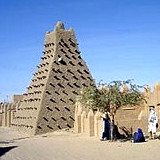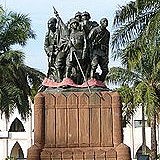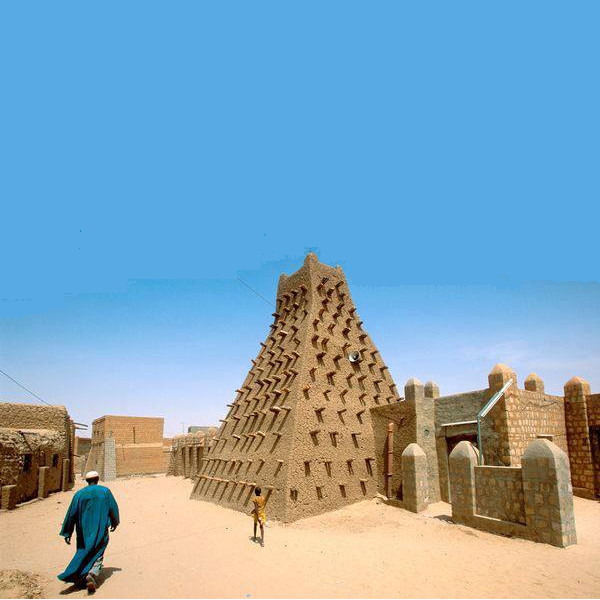
|
Timbuktu Mali Last Updated: 09/13/2023 |
| Timbuktu, often spelled as Timbuctoo, is a historic city located in Mali, West Africa. It is one of the most famous and iconic cities in Africa, known for its rich history and its significance as a center of trade, scholarship, and culture. Timbuktu is situated 20 km (12 mi) north of the Niger River, in the Sahel region. It is located on the southern edge of the Sahara Desert. It had a population of 54,453 in the 2009 census. | |
| Historical Significance: Timbuktu has a storied history dating back to the medieval period. It was a key trading and cultural center, serving as a hub for the trans-Saharan trade routes. It played a crucial role in the exchange of goods, ideas, and cultures between North Africa and sub-Saharan Africa. Scholarship and Learning: During its heyday, Timbuktu was renowned for its centers of learning, including Sankore University and numerous libraries and manuscript collections. These institutions attracted scholars, theologians, and academics from across the Islamic world. Architecture: The city features distinctive mud-brick architecture, including mosques and private homes, which reflect both the historical and architectural heritage of the region. The Djinguereber Mosque, Sidi Yahya Mosque, and Sankore Mosque are notable landmarks. Cultural Diversity: Timbuktu has historically been a melting pot of cultures and ethnicities, with influences from Arab, Berber, Tuareg, and various African groups. This diversity contributed to its unique cultural identity. Trade: Timbuktu was a key trade center for goods such as gold, salt, ivory, and various other commodities. The city's wealth and trade connections made it a target for various empires and rulers over the centuries. Decline: Timbuktu went through a period of decline, particularly in the 19th century, as trade routes shifted and the city faced political instability and conflicts. UNESCO World Heritage Site: Timbuktu and its historic monuments were designated as a UNESCO World Heritage Site in 1988 in recognition of their cultural and historical significance. Modern Times: Timbuktu has faced various challenges in recent years, including political instability and conflicts. It gained international attention in the early 2010s when Islamist militant groups briefly occupied the city, leading to the destruction of some cultural heritage sites and manuscripts. However, efforts have been made to restore and preserve its cultural heritage. Timbuktu remains an important symbol of African history and heritage, and it continues to attract researchers, historians, and tourists interested in exploring its rich past and unique culture. | |
Wikipedia
Mali » Mli
Place » Historical Place

|
Mali Place » City Mali is a landlocked country and is the largest country in West Africa and is known for its diverse landscape, which includes the Sahara Desert in the north, the Sahel region in the central part, and the Sudanese savannah in the south. The Niger River flows through the southern part of the country, providing vital water resources and fertile land. The population of Mali was 21,359,722 in 2023. 160 views 💖 1 👍 0Mali |
